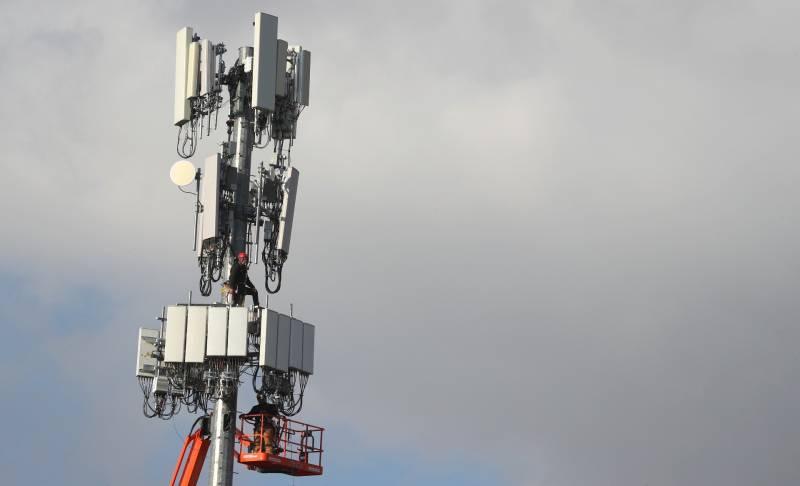If you live in San Francisco or San Jose, congratulations, you are now technologically ahead compared to most other cities. AT&T announced that its 5G network went live in those two cities on Friday, making it the first mobile carrier to bring the service to widespread parts of the Bay Area.
There is a lot of hype surrounding 5G. It’s been touted as a game changer cellular network with “blazing fast” speeds that can be up to ten times faster than the 4G LTE network most use now. Eventually, it will mean crystal clear video streaming or autonomous vehicles that have quicker reaction times than humans.
But as this quicker and newer technology is rolled out in more areas, some communities could be left behind.
“The number of [5G] deployment and adoption in urban high-income areas is significantly outpacing those in low-income and rural areas,” said Brandie Nonnecke, founding director of UC Berkeley-based tech research institute CITRIS Policy Lab. “While 5G networks hold great potential, we have to think about actionable steps that cities should be taking to ensure the deployment of these new networks are inclusive of everyone in the community.”
This attitude especially rings true for San Jose, where 95,000 people already have no access to the internet, according to a recent city study. But over the past year, the city has been working to address this issue of equitable technology access. Its approach is unique among other cities working to roll out 5G, according to San Jose's Chief Innovation Officer Shireen Santosham.
The city's plan works by charging for permits on utility poles that mobile companies need to use as they race to build out their 5G networks. Then the city takes this revenue and reorganizes staff to permit these companies faster. The rest of the money goes towards the city's Digital Inclusion Fund, which was launched in February 2019 and aims to connect 50,000 households to the web and equip residents with digital literacy skills over the next ten years.
